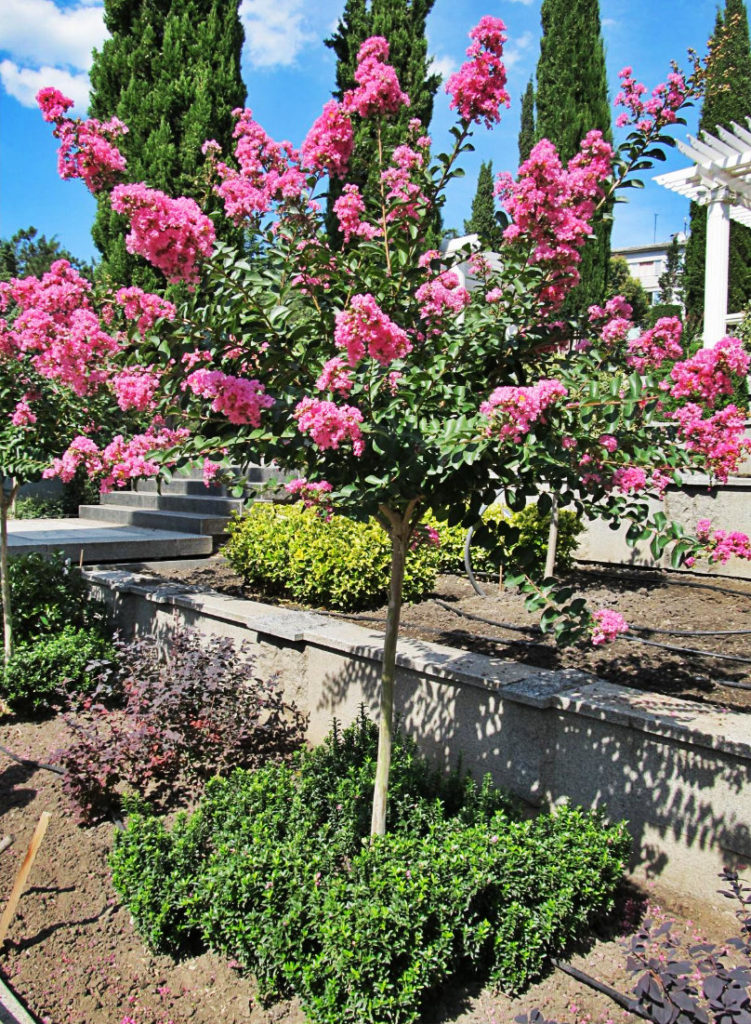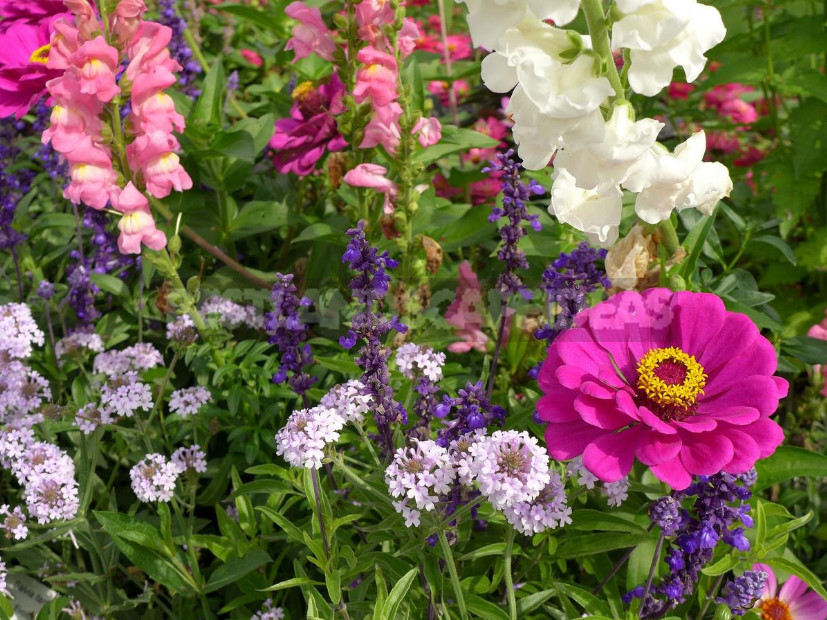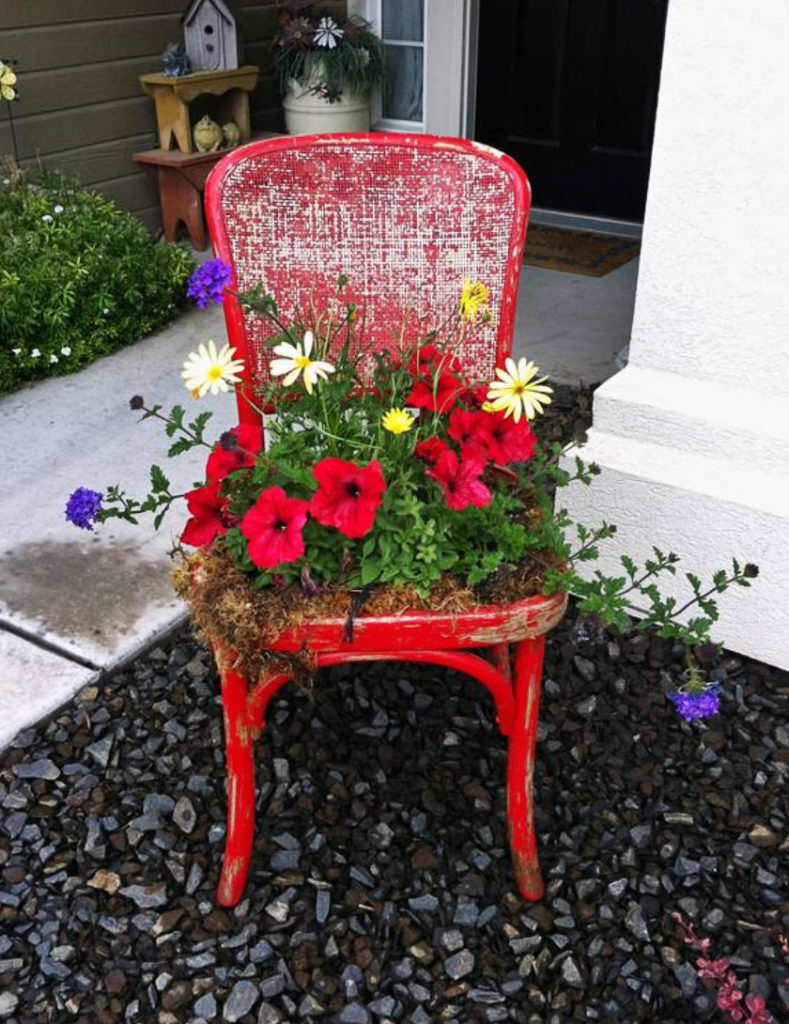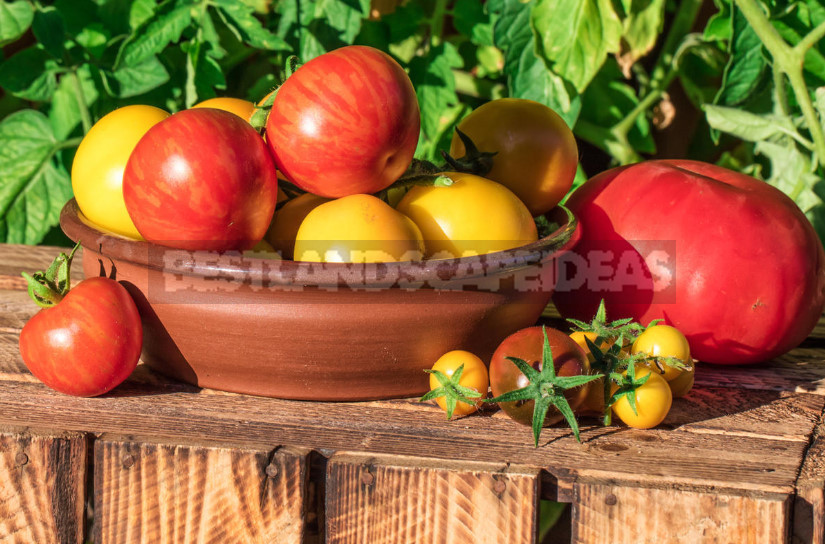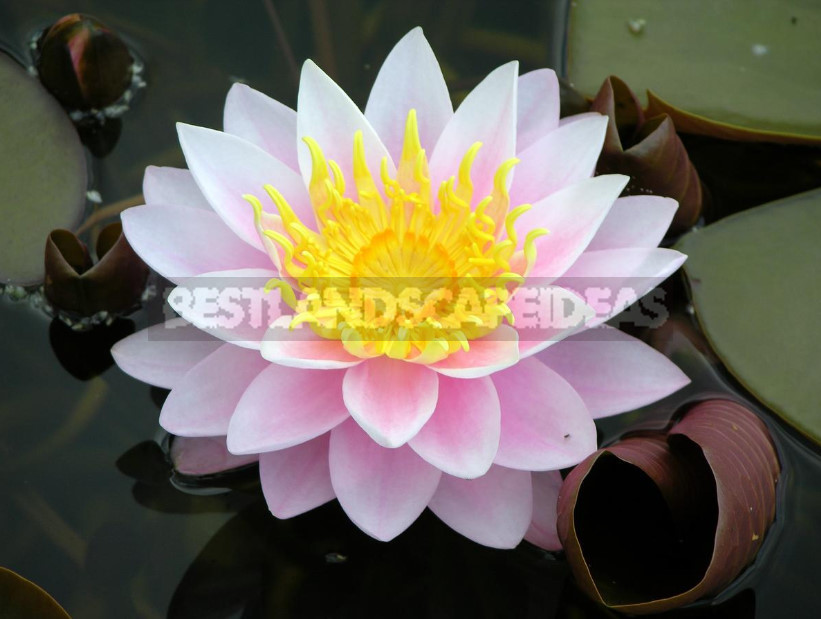Posted inFlowers and Plants Landscaping
How To Plant And Care For Lagerstroemia Indica
Lagerstrom Indian is a deciduous shrub with smooth silver-gray spotted trunks 5-8 m (5.5-8.7 yard) high, up to 8 m (8.7 yard) wide. The leaves are oval to elliptical, 2-7…
